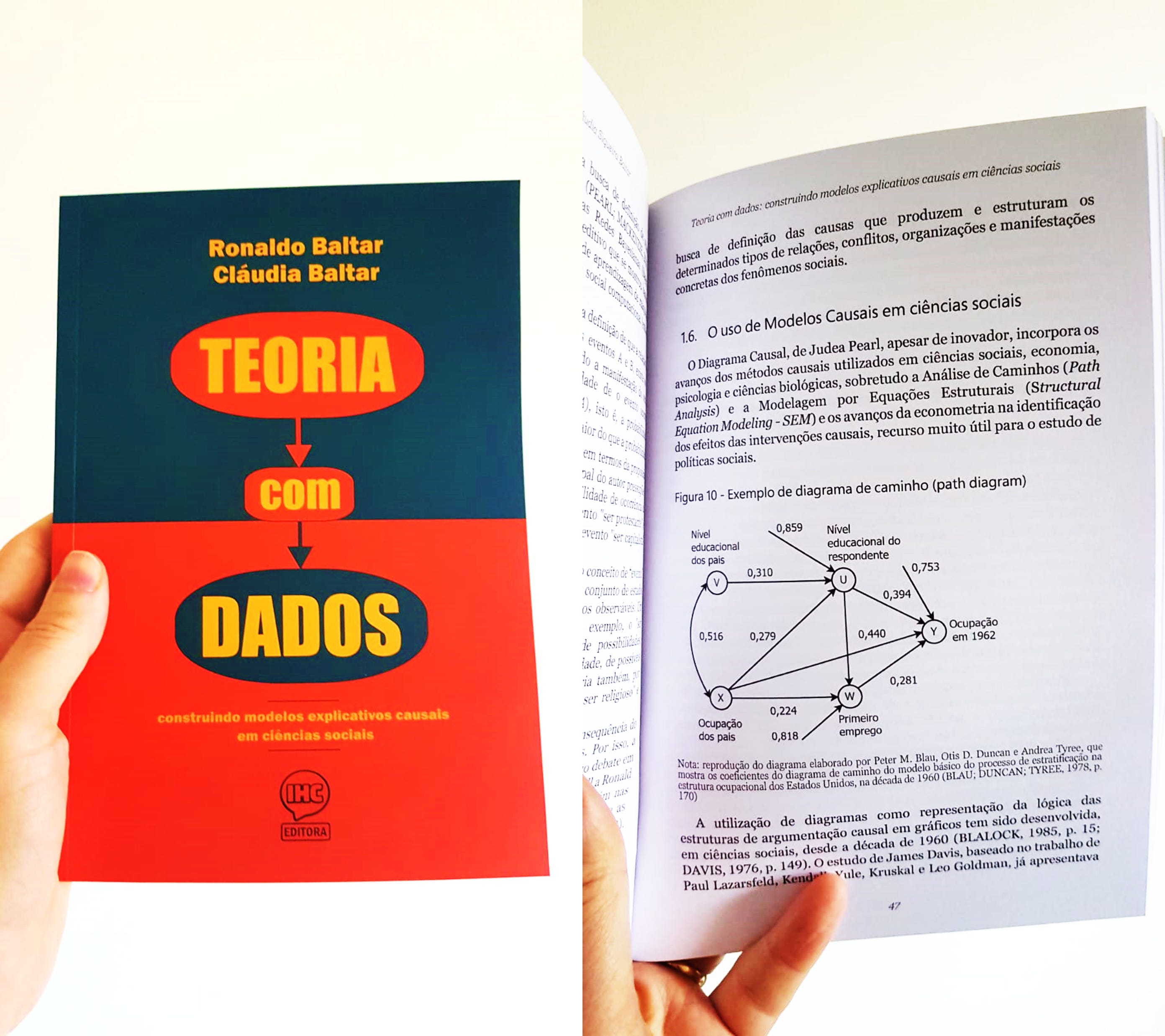
New! Listen to a 7 min autogenerated podcast discussing this blogpost from Google LLM Notebook I recently watched a librarian give a talk about their experiments teaching prompt engineering.

New! Listen to a 7 min autogenerated podcast discussing this blogpost from Google LLM Notebook I recently watched a librarian give a talk about their experiments teaching prompt engineering.

And if so, how? Where to start a network research project?
I get asked for career advice all the time (even though I am just figuring stuff out myself). Generally I try to help by listening and asking questions, but there is one thing that I tell everyone who wants to hear it: pick work where you like the people.

Hier ensteht das Blog des von der Deutschen Forschungsgemeinschaft (DFG) geförderten Projekts Kooperative Informationsinfrastruktur für wissenschaftliche Blogs (Infra Wiss Blogs) am Lehrstuhl Information Management des Instituts für Bibliotheks- und Informationswissenschaft der Humboldt-Universität zu Berlin.

Metadata forms the backbone of open scholarly infrastructure, enabling the discoverability, accessibility, and understanding of research outputs and resources. When repositories register Digital Object Identifiers (DOIs) with DataCite, they use the DataCite Metadata Schema to describe each research output or resource.

Zooming in and zooming out, moving from the micro to the meso and the macro. From the most basic of daily interactions, through to the relationships and institutions in which we work and participate, all the way up to the highest levels of international politics and global power, remarkably consistent patterns and dynamics are found. Similar shapes, similar uneven edges and jagged lines. Social entropy is fractal.
In June 2022 I (Yani) become the rOpenSci Community Manager. To do a good job in this kind of role it is essential to know your community, so as soon I started I dug in: reading our documentation, learning our processes and their metrics, and conducting interviews with team-mates and community members.

Flat rotation curves and the Baryonic Tully-Fisher relation (BTFR) both follow from the Radial Acceleration Relation (RAR). In Mistele et al. (2024b) we emphasize the exciting aspects of the former; these follow from the RAR in the Mistele et al. (2024a). It is worth understanding the connection.

Estamos muito contentes em anunciar o lançamento do livro Teoria com Dados , que é o primeiro de uma série sobre a análise quantitativa da mudança social, que estamos preparando para ser publicada pela Editora IHC.

Through the 2021 partnership between DataCite and IGSN e.V., DataCite services can be used to register International Generic Sample Numbers (IGSN IDs) for material samples. Over the coming months, the blog series ‘IGSN ID Implementation Exemplars’ will showcase sample management workflows developed by the community that incorporate IGSN ID registration. In each post, we offer practical guidance on how to work alongside disciplinary sample experts to register IGSN IDs within DataCite services.
GFZ Data Services is hosted at the GFZ German Research Centre for Geosciences. It is a research data repository for DOI-referenced data and scientific software from the Geosciences, and provides IGSN ID registration for geosamples. GFZ Data Services was a founding member of IGSN e.V. in 2011, and until 31 December 2022, when the IGSN PID infrastructure transitioned under DataCite, GFZ Data Services was responsible for managing the central IGSN handle server that registered more than 10.5 Million IGSN IDs. As IGSN Allocating Agent, GFZ Data Services has assigned close to 39,000 material samples with IGSN IDs for its community. Almost 3,000 IGSN IDs have been directly registered within DataCite services since the transition.
The post IGSN ID Implementation Exemplars: GFZ Data Services appeared first on DataCite.
I've been playing around with generating non-equilibrium conformations by molecular dynamics recently, and I've been thinking about how to best parse the outputs of a dynamics simulation.